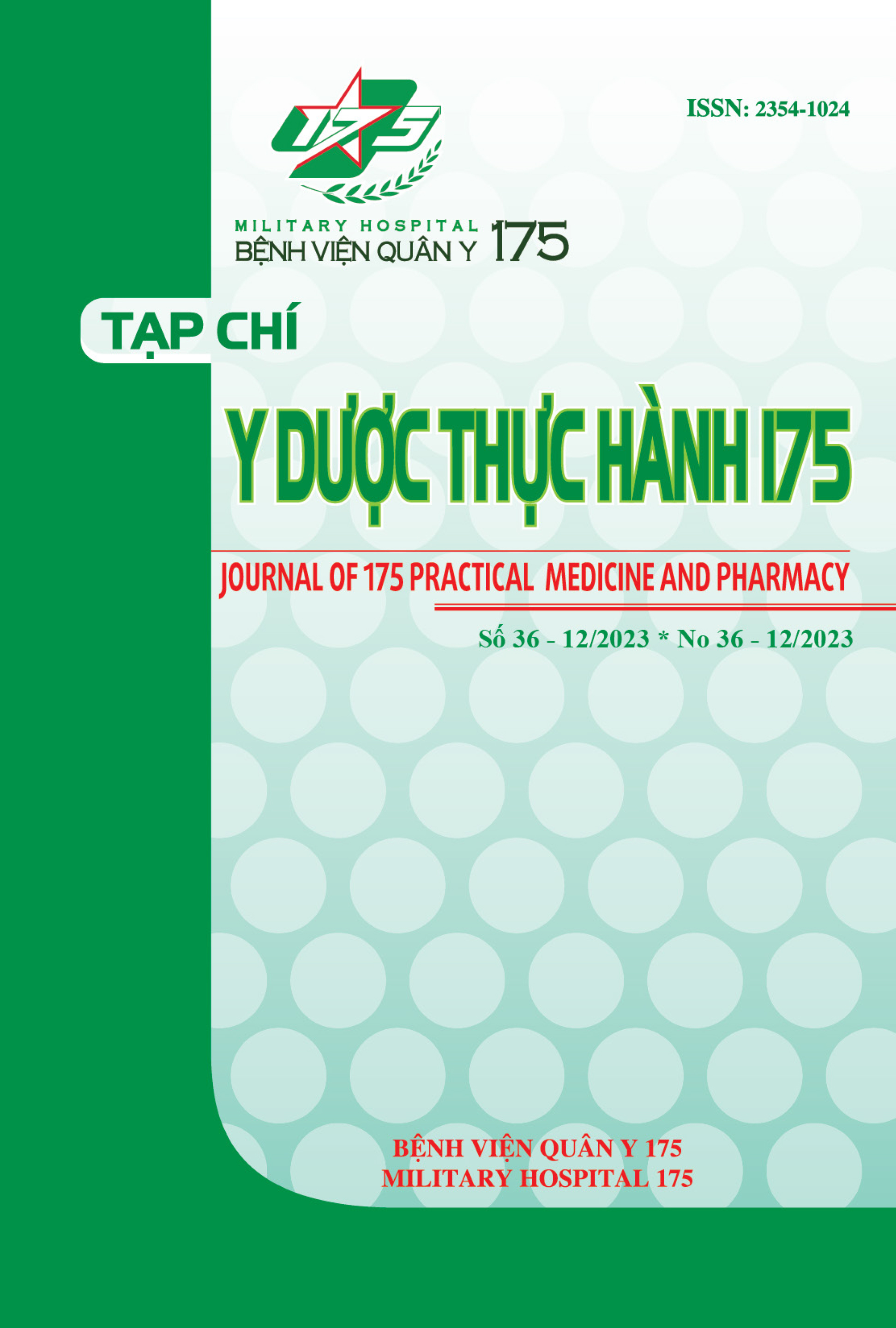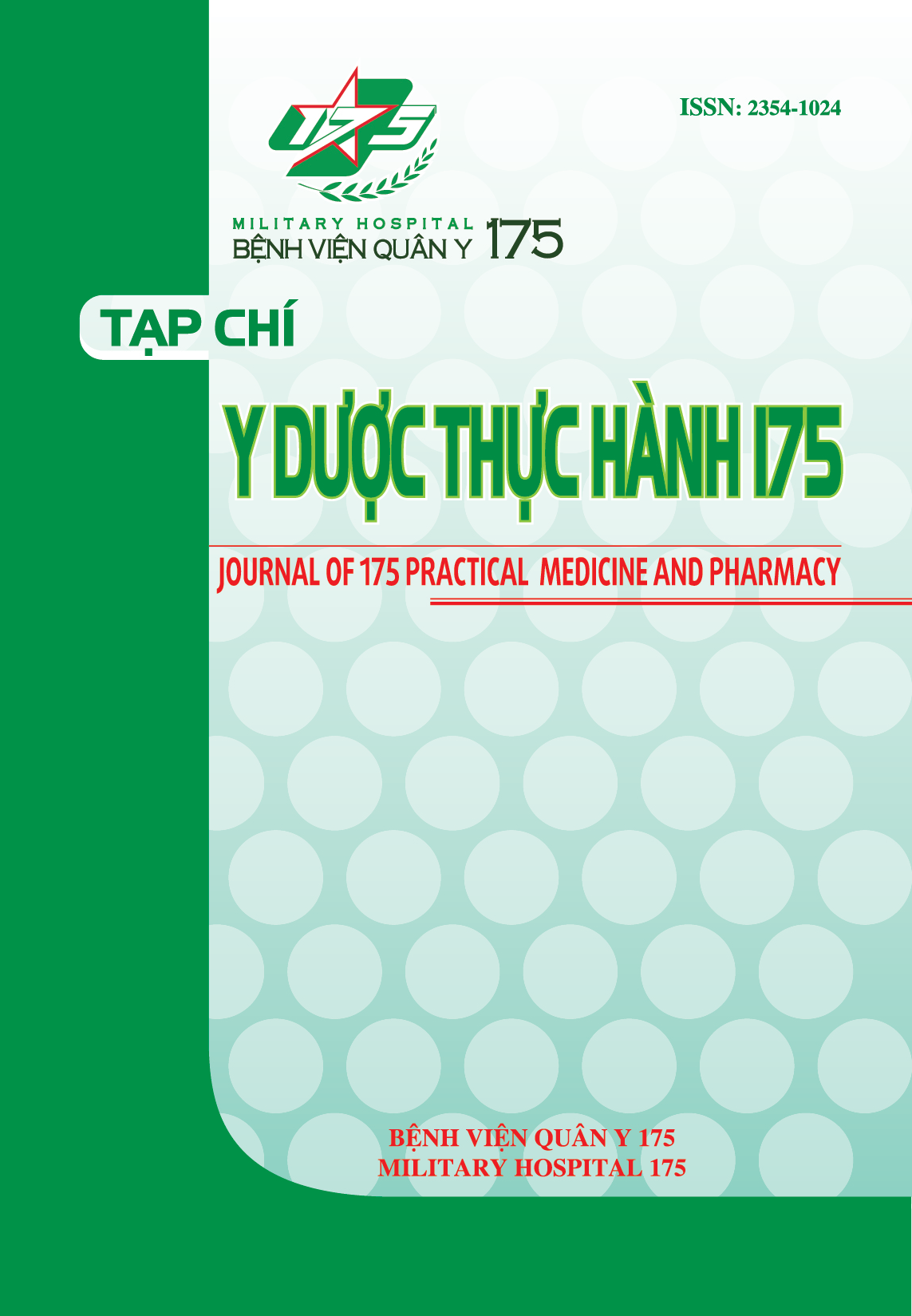ĐÁNH GIÁ KẾT QUẢ ĐIỀU TRỊ BỆNH NHÂN CHẤN THƯƠNG GÃY LIÊN TẦNG MẶT TẠI BỆNH VIỆN QUÂN Y 175
Các tác giả
DOI: https://doi.org/10.59354/ydth175.2023.225Từ khóa:
gãy liên tầng mặtTài liệu tham khảo
Ali, K. and Lettieri, S. C. (2017), “Management of Panfacial Fracture”, Semin Plast Surg. 31(2), pp. 108-117.
Nguyễn Văn Tuấn (2019) “ Đánh giá kết quả điều trị phẫu thuật gãy liên tầng mặt tại Bệnh viện Răng Hàm Mặt Trung ương thành phố Hồ Chí Minh năm 2018-2019”, Luận văn chuyên khoa II, Đại học y dược thành phố Hồ Chí Minh.
Tang, W., Feng, F., Long, J., Lin, Y., Wang, H., Liu, L., et al. (2009), ‘’Sequential SurgicalTreatment for Panfacial Fractures and Significance of Biological Osteosynthesis.’’, Dental Traumatology. 25, pp. 171-175.
Abdeljalil Abouchadi et al (2018) Panfacial Fractures: A retrospective study and review of literature. Open Journal of Stomatology 08(04): 110-119.
Kausar Ali, BAand Salvatore C. Lettieri (2017) “Management of Panfacial Fracture”, Semin Plast Surg. ; 31(2): 108– 117.
Marcos Mauricio Capelari; et al, (2013), “Principles and treatment of panfactials fractures - Literature review and surgical clinic case report”, Rev. Odontologia (ATO), Bauru, SP. 13, tr. 689- 771.
Kasar Ali, BA and Salvatore C. Lettieri, MD, FACS (2017), “Management of Panfacial Fracture”. Semin Plast Surg.; 31(2): 108–117.
Chouinard AF, Troulis MJ, Lahey ET (2016): The acute management of facial fractures. Curr Trauma Rep 2(2): 55e65.
Tải xuống
Tải xuống: 72










